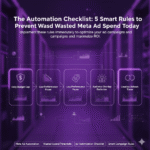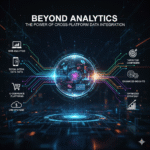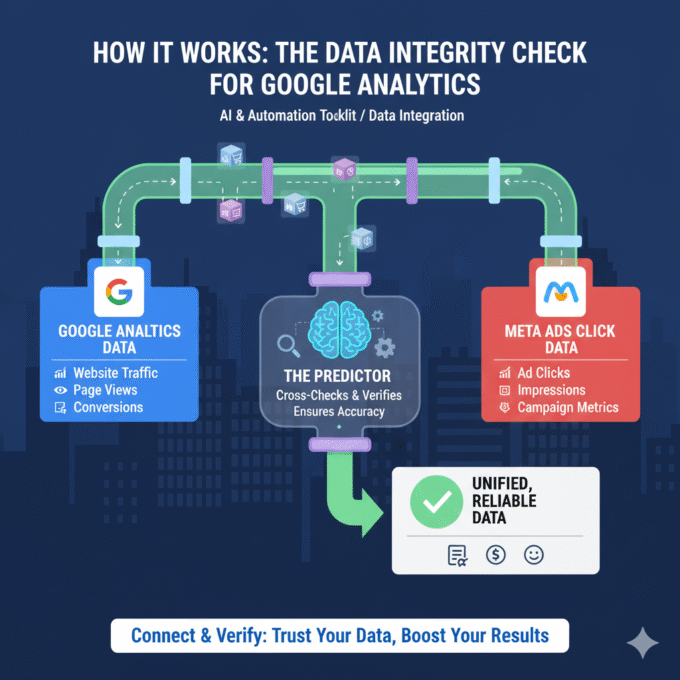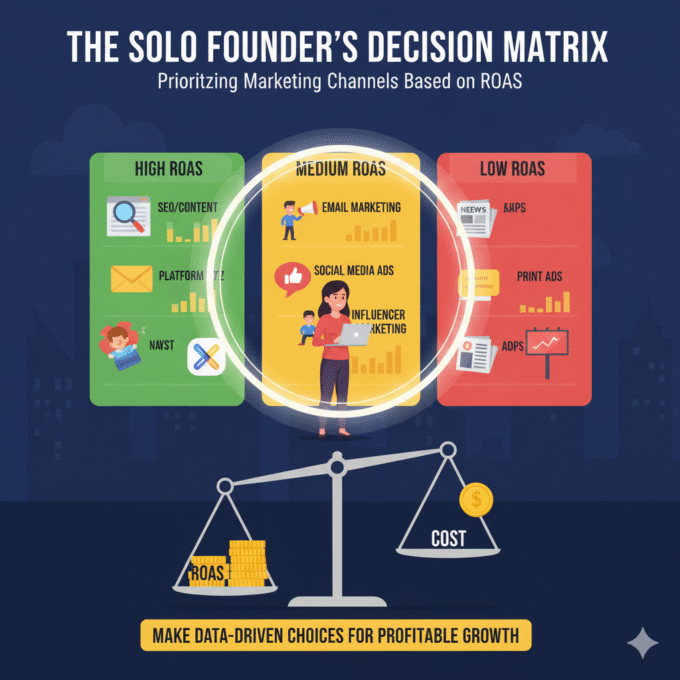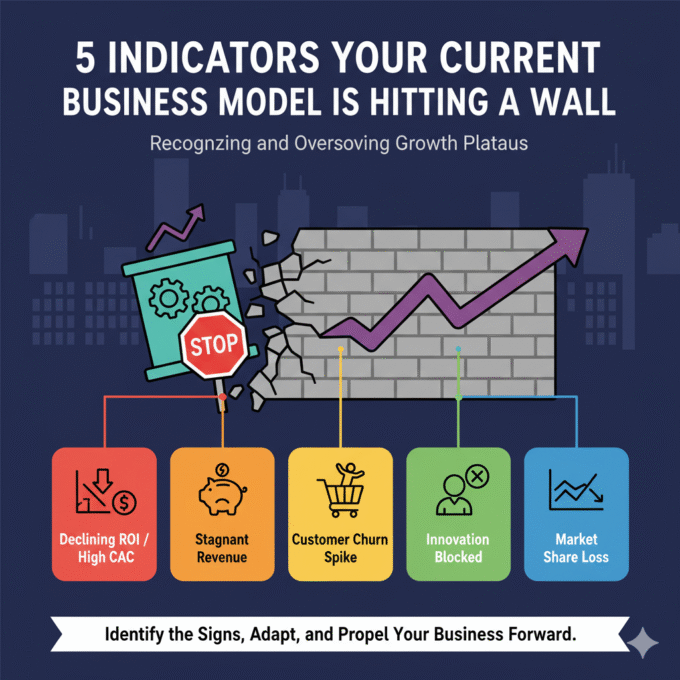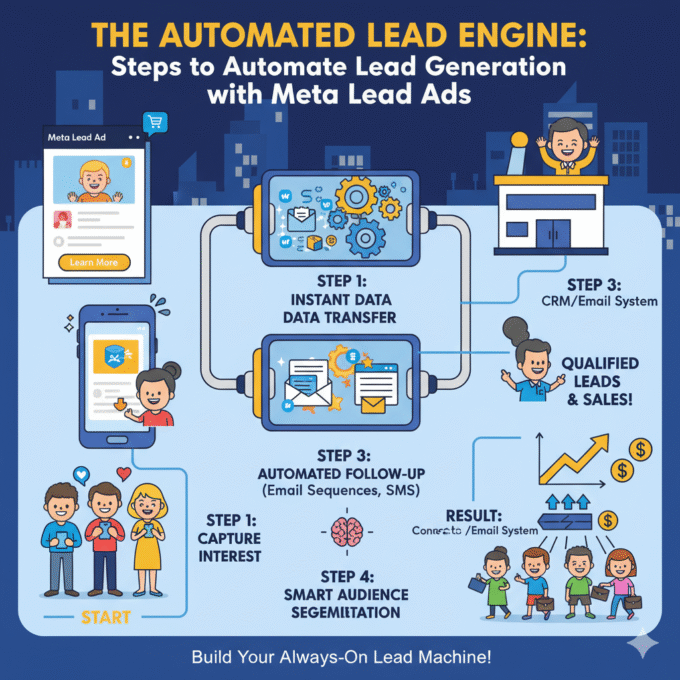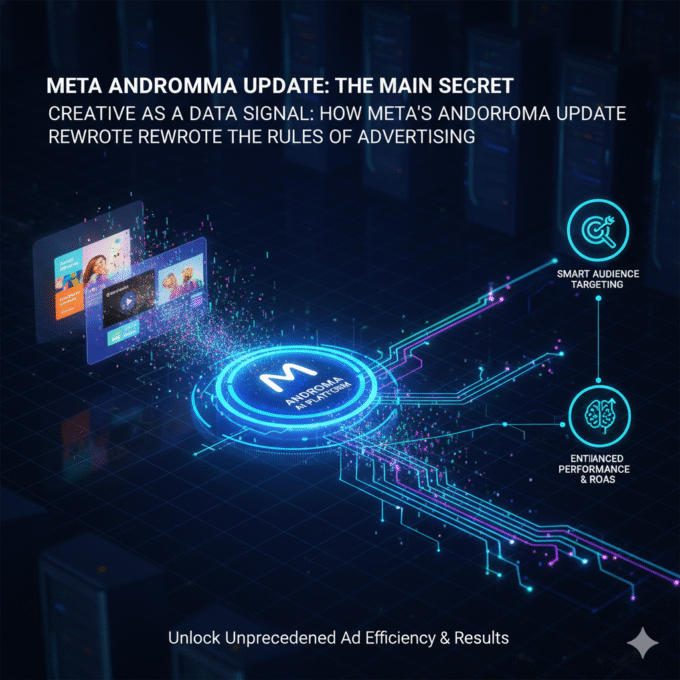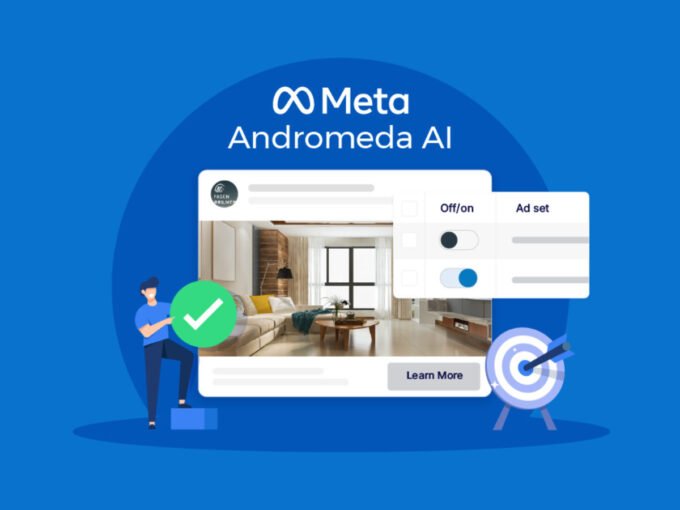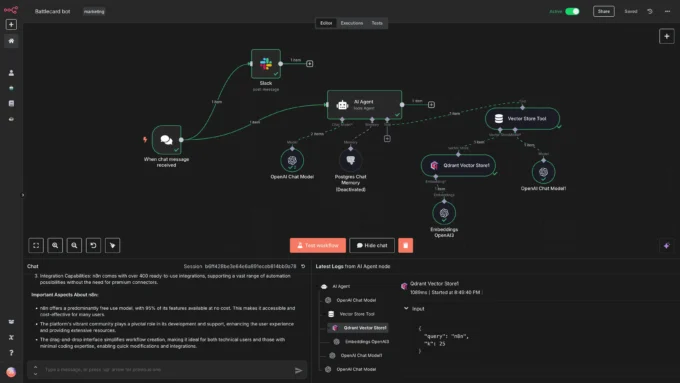
AI for Ad Audits: How to Get LLMs to Design Your Audience Segmentation
September 28, 20255 Mins read24 ViewsAI for Ad Audits: How to Get LLMs to Design Your Audience Segmentation
The life cycle of a successful ad campaign is depressingly predictable. For weeks, your carefully crafted ads hit their mark, delivering consistent conversions and a healthy return on ad spend (ROAS). But then, performance plateaus. Costs begin to rise. The magic fades.
This frustrating cycle is often the result of audience saturation. You’ve exhausted your initial audience, and your ads are no longer reaching new, high-value prospects. The solution isn’t to simply increase your budget; it’s to find fresh, untapped audience segments.
Traditionally, this requires a painstaking manual audit of your data, a process that is often time-consuming and prone to human bias. But what if you could outsource this complex analysis to an AI, turning it into your personal ad strategist?
This guide will show you how to leverage powerful Large Language Models (LLMs) like GPT-4o or Claude as an advanced tool for AI for ad audits, transforming raw data into a strategic blueprint for high-converting audience segments. By the end, you will have a clear, step-by-step playbook to improve Facebook ad targeting and unlock your next phase of growth.
The AI Audience Analyst: Why LLMs Are Perfect for This Task
You might think that because LLMs cannot directly access your ad account, they are useless for this kind of work. But their true power lies in their ability to process and synthesize vast amounts of text-based information. When you provide an LLM with structured data, it excels at:
- Pattern Recognition: Finding non-obvious correlations between demographic data and performance metrics. It can see beyond simple averages to find niche segments that a human might overlook.
- Creative Ideation: Translating abstract data points into concrete interests, behaviors, and psychographic profiles that are perfect for ad targeting.
- Persona Generation: Creating rich, detailed audience personas that bring the data to life, helping you and your team craft more resonant ad creative and copy.
Think of the AI not as a replacement for your expertise, but as a powerful co-pilot. You provide the data and the direction, and the AI provides the deep-dive analysis and creative output.
The Data Prep: What to Feed Your AI
Before you can use the AI, you need to provide it with high-quality data. The quality of your output is directly tied to the quality of your input.
Go to your ad platform’s reporting dashboard (e.g., Meta Ads Manager) and export the data for your best-performing campaigns or ad sets from the last 30-60 days. Organize this data in a spreadsheet or a simple text file.
Crucial Data Points to Export:
- Audience Demographics: Age, Gender, Primary Location.
- Targeting Data: All interests, behaviors, and custom audiences used.
- Performance Metrics: Spend, Purchases, Leads, Cost Per Action (CPA), Return on Ad Spend (ROAS), and Click-Through Rate (CTR).
- Ad Creative & Copy: The headlines and primary text for your top-performing ads.
Once you have this data, you’re ready to start your AI audience segmentation audit.
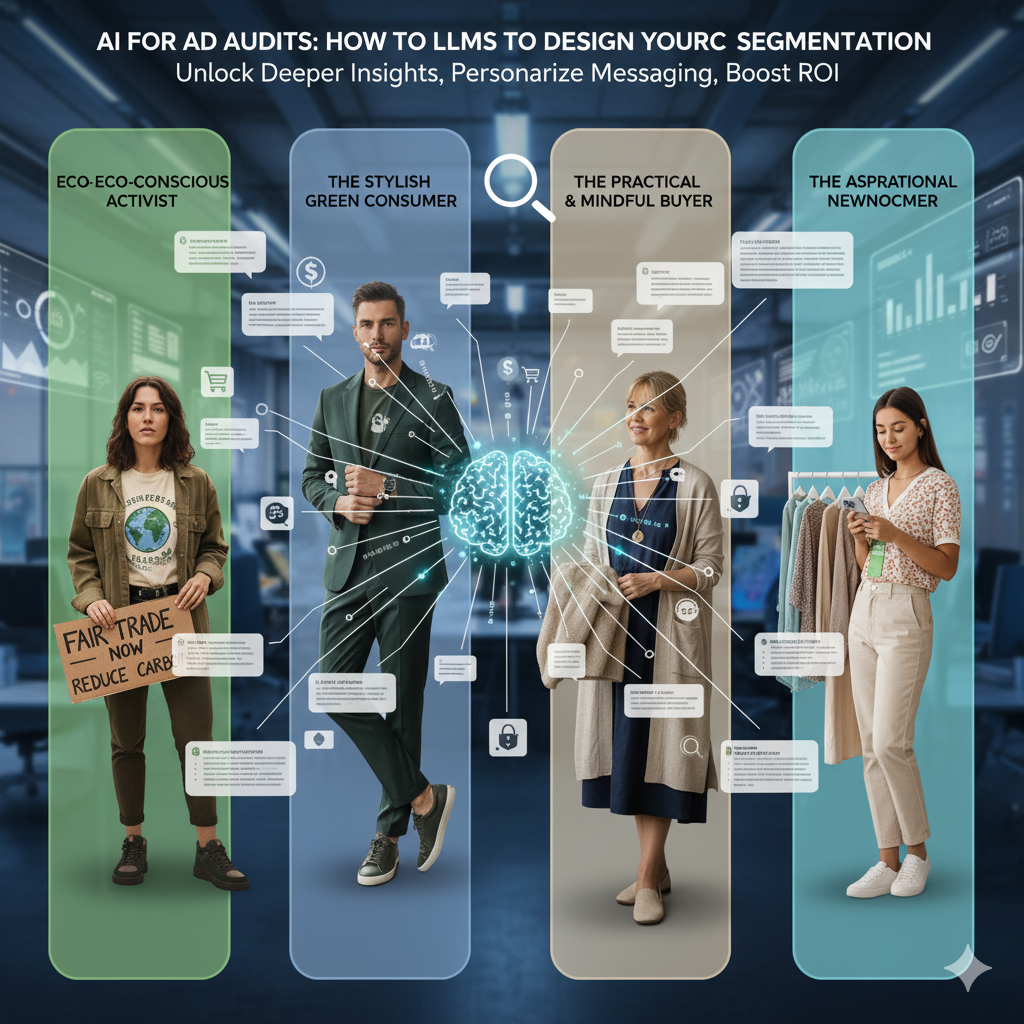
The Prompt Playbook: 3 Core Prompts for Sophisticated Analysis
This process is broken down into three logical steps. Copy and paste the prompts below, filling in the blanks with your own data.
Prompt 1: The Data Synthesis Prompt
This prompt is designed to get the AI to analyze your existing data and identify key patterns and correlations.
Act as a senior media buyer and data analyst. I have provided a list of my top-performing ad sets from the past month. Your task is to analyze this data and identify key commonalities and patterns.
Here is the data (copy and paste your data here, or summarize it in bullet points):
- Ad Set A: Age 25-34, Interests: [Interest A, B, C], ROAS: 3.5, CPA: $15
- Ad Set B: Age 35-44, Interests: [Interest D, E, F], ROAS: 4.1, CPA: $12
- Ad Set C: Age 25-34, Interests: [Interest A, G, H], ROAS: 3.8, CPA: $14
Based on this data, provide a summary of the key characteristics of my most profitable audience segments. Look for correlations between demographics, interests, and performance metrics.
What to Expect: The AI will return a summary that might say something like: “Your most profitable segments consistently fall within the 25-44 age range. The most common interests are related to [Topic X] and [Topic Y], suggesting a focus on [Specific Pain Point]. The highest ROAS is linked to audiences with a strong interest in [Interest E] and [Interest F].”
Prompt 2: The Persona Generation Prompt
Now that the AI has identified the patterns, this prompt will translate that raw data into a human-centric audience persona. This is where the power of LLM for ad targeting truly shines.
Based on your previous analysis, create 3 detailed audience personas. For each persona, please include the following:
- **Persona Name:** A creative and memorable name.
- **Background:** A detailed description of their professional and personal life.
- **Core Motivations:** What are their goals and what problems are they trying to solve?
- **Pain Points:** What are their frustrations?
- **Likely Online Behavior:** Where do they spend their time online? What content do they consume?
What to Expect: The AI will generate rich, narrative-driven personas. For example: “Persona 1: Startup Stephanie. Stephanie is a 29-year-old marketing manager at a B2B SaaS company. She is motivated by career advancement and wants to prove her value by optimizing her team’s campaigns. Her biggest pain point is wasting time on manual data analysis, leaving her frustrated and overworked. She spends her time on LinkedIn and reads blogs about digital marketing and productivity tools.”
Prompt 3: The Segmentation & Targeting Prompt
This is the final, most actionable step. You will instruct the AI to use the personas to generate concrete, specific targeting ideas that you can plug directly into your ad platform.
Now, acting as a seasoned Meta Ads strategist, generate 5 specific audience segments for each of the 3 personas you created. For each segment, provide the exact targeting parameters and a brief rationale.
**Persona: Startup Stephanie**
**Segment 1: [Targeting Parameters]**
- **Age:** [25-34]
- **Gender:** [All]
- **Interests:** ["Marketing", "Digital Marketing", "SaaS"]
- **Rationale:** This is a broad but highly relevant segment based on her professional role and industry interests.
**Segment 2: [Targeting Parameters]**
- **Age:** [25-34]
- **Gender:** [All]
- **Interests:** ["Marketing Automation", "HubSpot", "Marketo"]
- **Rationale:** This segment targets her specific tool usage and her interest in marketing technology.
**Segment 3: [Targeting Parameters]**
...
What to Expect: The AI will provide a list of highly specific and logical targeting segments. These will often combine interests with behaviors or job titles in a way a human might not have immediately considered. This is how you use AI to get ahead of the competition.
From LLM to Live Campaign: The Final Audit
The segments generated by the AI are not a magic bullet; they are intelligent hypotheses. The final step is to test these new segments with a small budget. Launch a campaign with these new ad sets, give them 3-5 days to run, and then use your own analytics to see which ones are performing best.
By integrating LLMs into your ad audit process, you can move from reactive campaign management to a proactive, data-driven growth strategy. This powerful combination of human expertise and AI efficiency is the new standard for winning in a competitive advertising landscape.
More News
The Data Integrity Check for Google Analytics
How It Works: The Data Integrity Check for Google Analytics In the...
October 21, 2025The Solo Founder’s Decision Matrix: Prioritizing Marketing Channels Based on ROAS
The Solo Founder’s Decision Matrix As a solo founder, your most precious...
October 21, 20255 Indicators Your Current Business Model is Hitting a Wall
5 Indicators Your Current Business Model is Hitting a Wall The success...
October 21, 2025The Automated Lead Engine: Steps to Automate Lead Generation with Meta Lead Ads
Steps to Automate Lead Generation with Meta Lead Ads Meta Lead Ads...
October 20, 2025META Andromeda update main secret
Creative as a Data Signal: How Meta’s Andromeda Update Rewrote the Rules...
October 20, 2025Meta Andromeda: The Next-Generation AI Engine for Performance Growth
I. Executive Summary: The Andromeda Paradigm Shift 1.1. Introduction to the AI...
October 14, 2025The Data Integrity Check for Google Analytics
How It Works: The Data Integrity Check for Google Analytics In the...
October 21, 2025The Solo Founder’s Decision Matrix: Prioritizing Marketing Channels Based on ROAS
The Solo Founder’s Decision Matrix As a solo founder, your most precious...
October 21, 20255 Indicators Your Current Business Model is Hitting a Wall
5 Indicators Your Current Business Model is Hitting a Wall The success...
October 21, 2025The Automated Lead Engine: Steps to Automate Lead Generation with Meta Lead Ads
Steps to Automate Lead Generation with Meta Lead Ads Meta Lead Ads...
October 20, 2025
